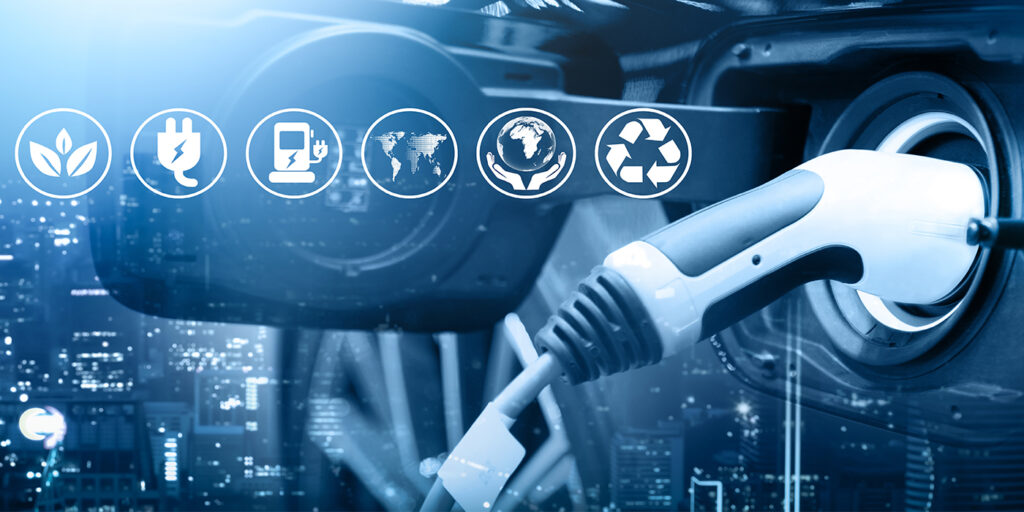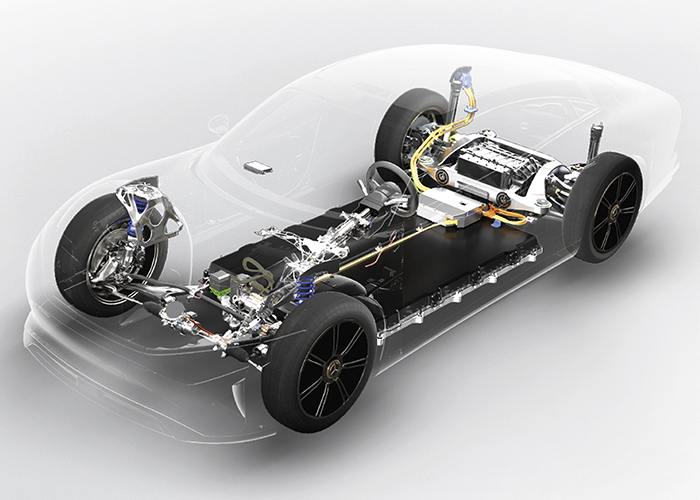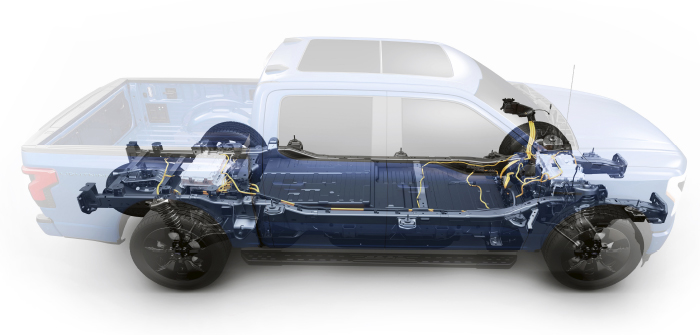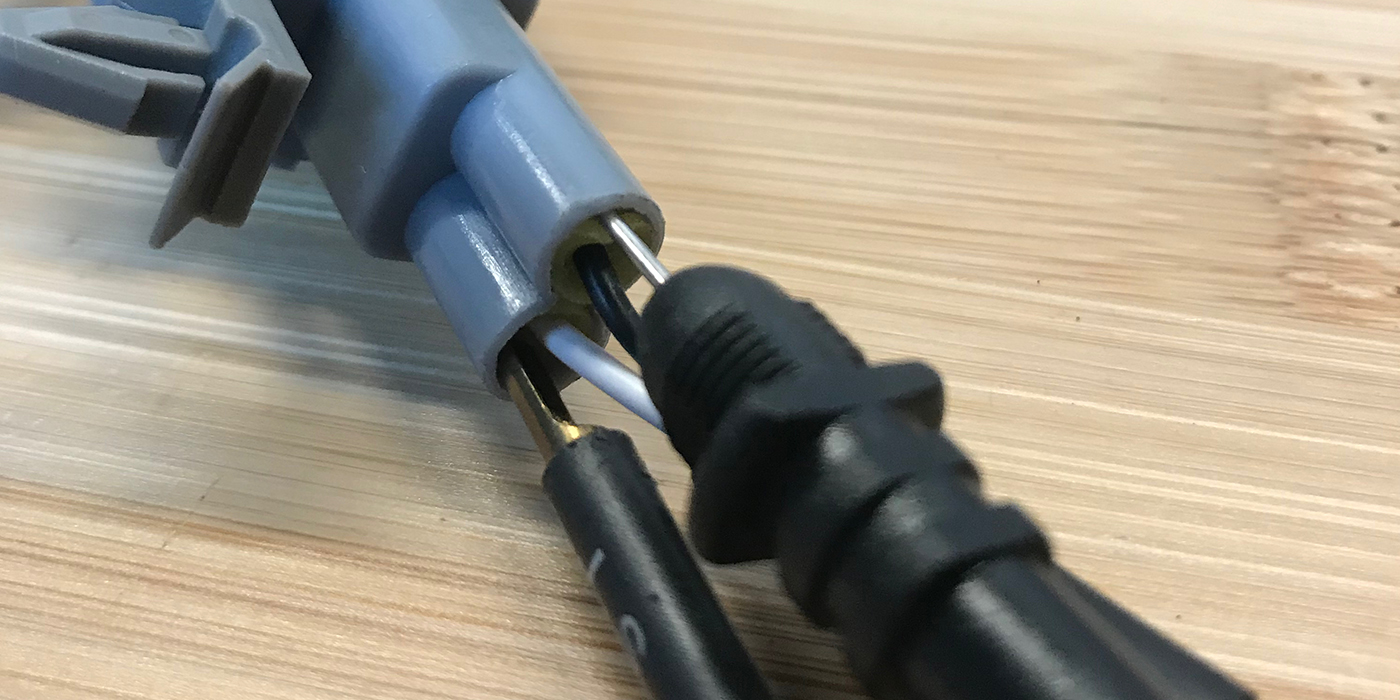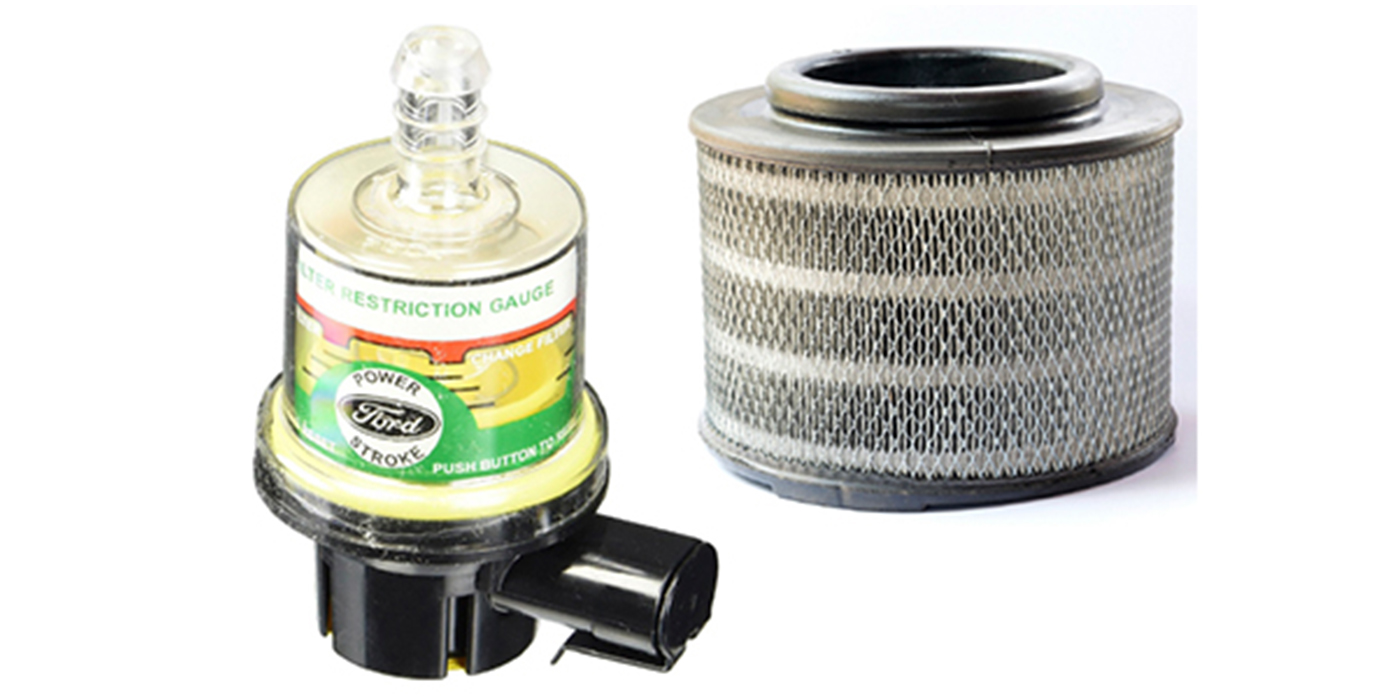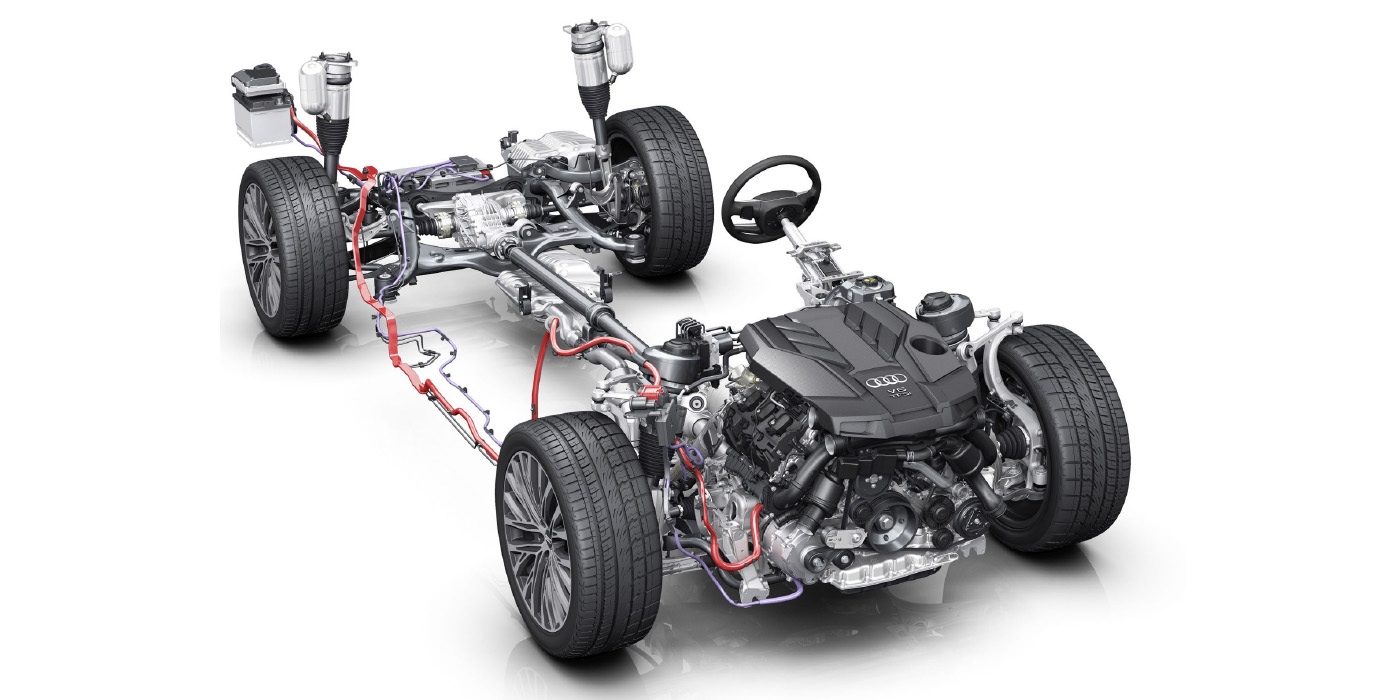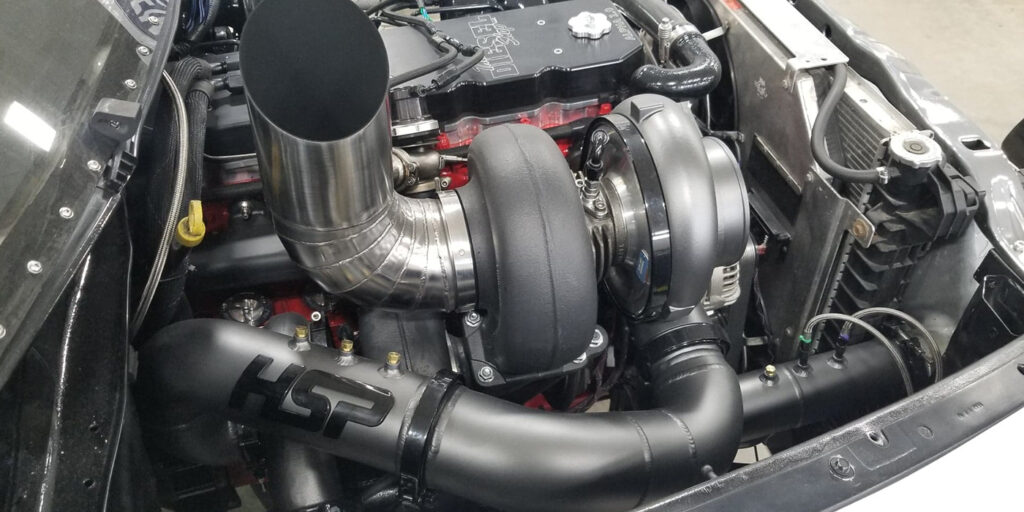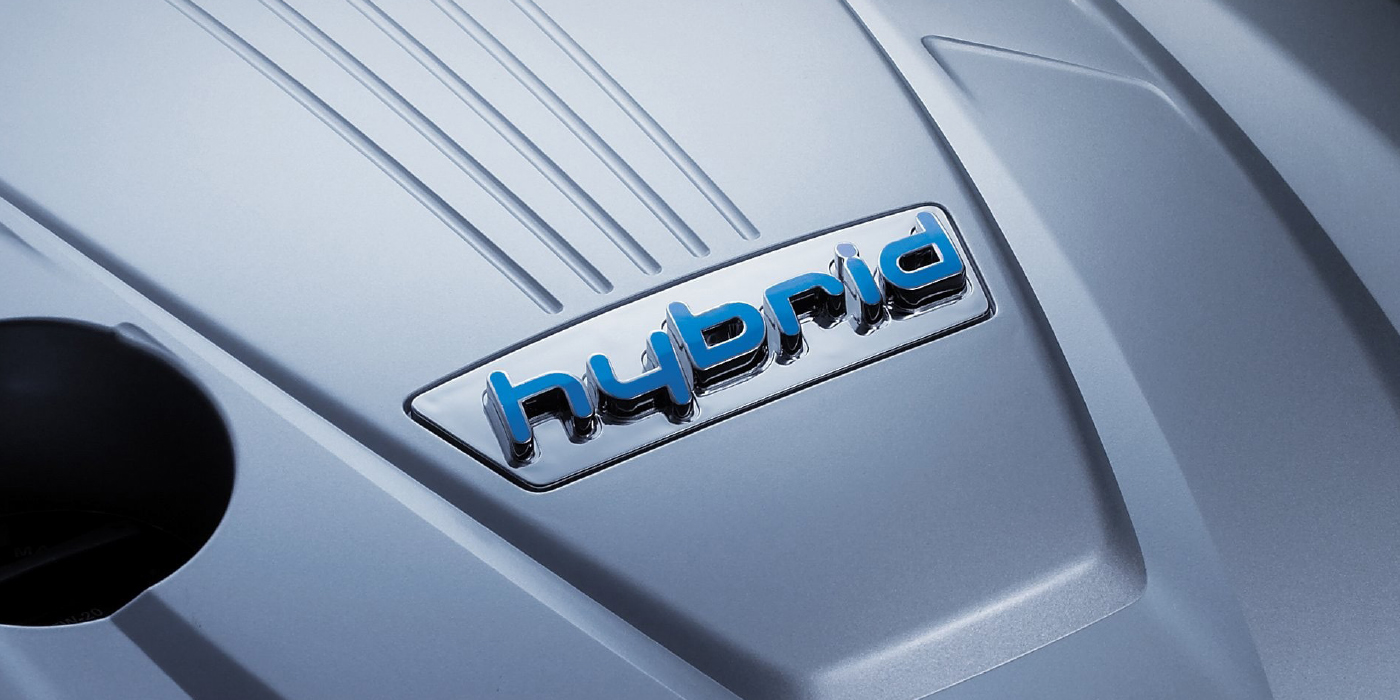You are wrong if you think that the electric vehicle will be the end of the independent shop. You might be losing spark plugs, air filters and timing chains. But, you are gaining and retaining many service opportunities.
Batteries
Even a Tesla has a 12-volt battery used to power a number of systems on the vehicle like the ABS, lighting and power steering. These are typically AGM batteries in conventional sizes.
As electric vehicles age, the high-voltage batteries can become unbalanced, and they will need to be replaced. This is a huge opportunity for shops.
Cooling Systems
Battery packs, inverters and motors need to be cooled and heated. The coolants are non-conductive glycol-based that need regular replacement. Also, EV cooling systems have electric pumps and valves that can fail.
Tires
EVs can be hard on tires due to the instant torque of the electric motor. Also, the weight of the vehicle’s battery pack can add extra weight that can wear tires faster.
The tires for some electric vehicles are engineered for specific performance characteristics.
The first consideration is load. A tire might be the correct size for an EV, but it might not have the same load and speed ratings as the original.
The other consideration is friction and rolling resistance. Some tire manufacturers use compound and tread designs that minimize rolling resistance to increase the range of the vehicle. Some replacement tires could have better handling at the cost of rolling resistance.
The last consideration is noise. Since electric vehicles do not have internal combustion engines to drown out tire noise, a lower quality tire might be noticed by the driver.
TPMS
Electric and hybrid vehicles must be equipped with a tire pressure monitoring systems. The majority of these direct systems are the same as conventional vehicles. There is an opportunity for replacement sensors and service kits.
The operation of the TPMS system matters more to EVs because most do not have spare tire due to weight and range.
Suspension
EVs travel on the same roads as conventional vehicles. They are not immune to curbs and potholes. Replacement control arms, struts and other parts are available from your suppliers. Many electric vehicles use a platform identical to internal combustion powered vehicles.
Steering
Since there is not an engine to drive a hydraulic power steering pump, electric power steering is mandatory for EVs. Electric power steering comes in three styles. Nissan uses electro-hydraulic units with an electric motor to drive a hydraulic pump. Other manufacturers use systems that mount the motor to the column or rack. These units typically use the 12-volt architecture of the vehicle.
Wheel Bearings
Electric vehicles have the same wheel bearings as other vehicles. Just like the suspension, wheel bearings can be damaged by potholes and curbs.
Brakes
EV vehicles recharge the high-voltage battery with regenerative braking under most conditions. With regenerative braking, the motor turns kinetic energy into electrical energy.
Regenerative braking can’t be used all the time. At low speeds, when the motor can’t create enough drag to bring the vehicle to a smooth stop, this is when the hydraulic brakes start working. During panic or hard stops, hydraulic brakes are used.
Alignment
All EVs need chassis alignment. The benefits of an alignment for EVs are two-fold. An alignment increases the life of expensive low rolling resistance tires. Also, if the camber, caster and toe are within specification, it will extend the range.
Diagnostics
All vehicles require diagnostics to find the cause of a customer complaint or drivability issue. While you might not have to diagnose misfires and fuel trim problems with EVs, you will have to diagnose battery and power problems for EVs in the future.
Inspection
The more cars change, the more they stay the same. No matter if it is a diesel or EV, inspections with a checklist will still uncover service opportunities.
Reprogramming, Calibration and Reflashing
Good news! All the skills you learned about J2534 relearns also apply to EVs! If a battery pack, steering rack or other module is replaced, you will have to program the module. Also, EVs tend to have more updates as the engineers refine the software to get more range.

